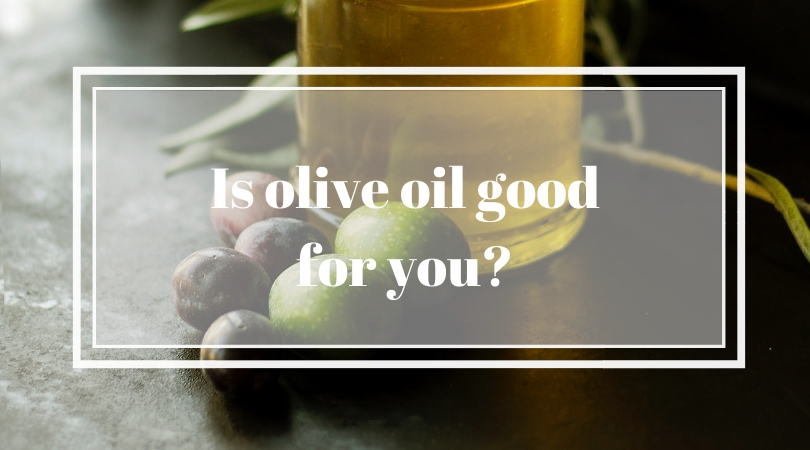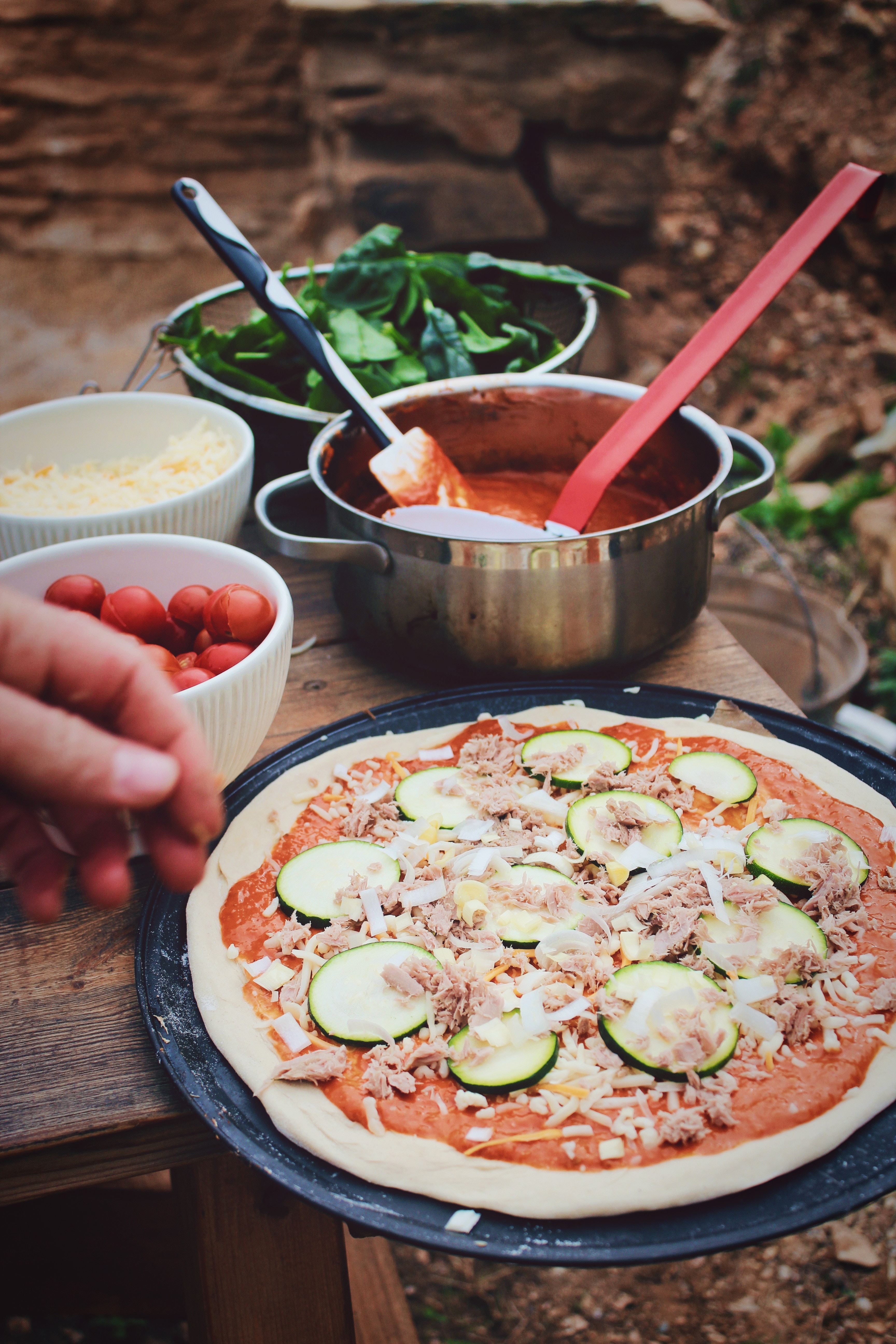When to Use (and when not to use?) Olive Oil
A couple of weeks ago, I wrapped up a three week stent on the Mediterranean Diet. The guidelines of the Mediterranean Diet recommend that your primary fat source be olive oil, supplemented by fatty fish, nuts, and seeds. Olive oil is an excellent choice of fat – it’s loaded with monounsaturated fatty acids (MUFAs).1 Benefits of diets high in MUFAs include:
- improved blood sugar and insulin sensitivity2
- lower total cholesterol and LDL cholesterol2
- blood vessels less prone to blockages2
- possibly lower blood pressure2
- reduced inflammatory responses3
The discovery and publication of these benefits led to a surge in the use of olive oil in all kinds of cooking and baking, for good reason! Who wouldn’t want to reap these benefits? There was, however, one concern looming regarding the use of olive oil in promoting health.
Smoke Points and Health
‘Smoke point’ is a term frequently discussed in the culinary world. Different oils have different temperatures at which they begin to create smoke and their aromas and flavors begin to change. This temperature is unique to each oil depending on its chemical composition and level of refinement/processing (and even varietal of the plant source4). They can also vary depending on what foods are being cooked in the oils.
Culinary experts recommend not cooking an oil beyond its smoke point largely because of the change in flavor. In addition, some voice concerns about the change in chemical composition that occurs when oils are heated beyond their smoke points.5-7 The general school of thought is that if an oil is heated beyond this point, it produces inflammatory, potentially carcinogenic compounds and some of the oil’s healthful properties can be diminished.8-9
Here’s where things start to get a bit dicey. Depending on who you ask, the smoke point of olive oil can be anywhere from 390-468° F, with the smoke point of extra virgin olive oil (EVOO) being anywhere from 325-410° F.5, 7, 10 Pretty significant ranges! Different cooking methods require different cooking temperatures, shown below.
- Saute: 300-320° F
- Pan-Fry: 350-400° F
- Deep Fry: 350-400° F
Now you might conclude that olive oil is a good choice for a saute and possibly not the best choice for a good hot fry (depending on whose smoke point you go with). A 2018 study by Modern Olives Laboratory Services found that the negative changes that can occur with oils in heating are not so much related to their smoke points as to their general chemical stability.11 After heating many different oils and testing their chemical compositions at high heats for over 24 hours, the researchers found that EVOO was the most stable cooking oil, producing the lowest amounts of oxidative compounds when heated. I’m always hesitant to trust studies whose authors have significant financial stock in the outcome, but this claim is backed by other studies which found that virgin and extra virgin olive oils contained fewer harmful compounds and more antioxidants after frying for several hours, though the antioxidants are less effective after heating.4, 9, 12-14
So, should I cook with olive oil or not?
Yes – it turns out cooking with olive oil (particularly extra virgin olive oil) seems to be both a safe and nutritious way to saute or to fry foods. This newer information about olive oil’s stability helps to reconcile the health of those who follow a Mediterranean Diet with previous health concerns about the potential dangers of heating it. As a general rule, try not to use more heat than is necessary for your cooking job and limit time spent on the heat when you can.
Writing this post has actually changed the recommendations I will make to my clients, because I previously subscribed to the “smoke point” theory until I updated myself with this new research. That’s one of the many reasons I make sure to continue to keep up with this blog – it forces me to stay up to date and back up my recommendations!
You Might Also Like
Anti-Inflammatory Add-ins and Supplements
Healthy Cooking Substitutions for a more Nutritious Meal
References
1. https://www.health.harvard.edu/staying-healthy/the-truth-about-fats-bad-and-good
2. https://www.sciencedirect.com/science/article/pii/B9781855739659500042
3. https://europepmc.org/abstract/med/9558730
4. https://www.ncbi.nlm.nih.gov/pubmed/21714128
5. https://www.jessicagavin.com/smoke-points-cooking-oils
6. https://www.seriouseats.com/2014/05/cooking-fats-101-whats-a-smoke-point-and-why-does-it-matter.html
8. https://www.ncbi.nlm.nih.gov/pubmed/21714128
9. https://www.ncbi.nlm.nih.gov/pubmed/17995742
10. https://www.aboutoliveoil.org/olive-oil-smoke-point
11. https://actascientific.com/ASNH/pdf/ASNH-02-0083.pdf
12. https://www.sciencedirect.com/science/article/pii/S0308814615006810?via%3Dihub
13. https://onlinelibrary.wiley.com/doi/pdf/10.1111/1541-4337.12268






Leave a Comment